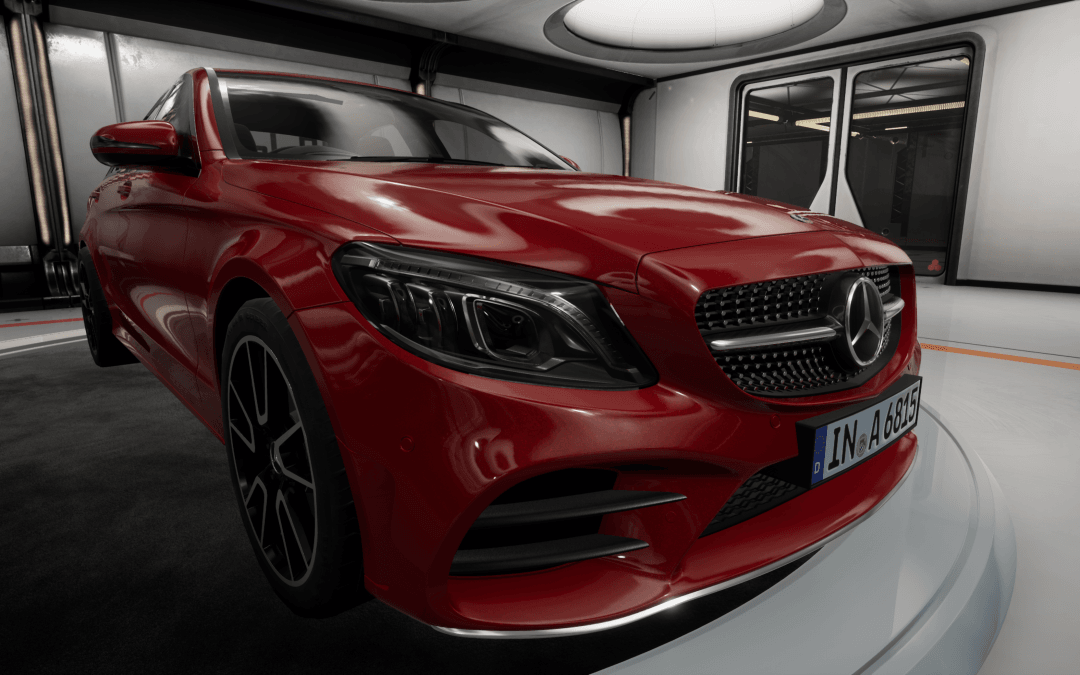When Facebook made the bold move of acquiring Oculus, the virtual reality hardware company developing the Rift, this lead to a wave of investment and action propelling VR and AR technology into the spotlight. This reignition of the immersive technology which saw a rise in the 80s, but fizzled out due to inability to reach customer expectations, has brought attention back to the industry. Investment in Virtual Reality technology has doubled almost every year since 2014.
Behind the scenes, there has been an incredible amount of effort put in by dedicated developers, designers, entrepreneurs, innovators and educators who see the true potential for virtual reality to mature into a technology that will be utilised in business innovation. This has been particularly true for the automotive industry, where the practical applications are well aligned with the expectations the industry holds for VR and AR.
Virtual Reality has been adapted for multiple use cases within the automotive industry, a trend that is likely to continue as the virtual reality headsets and content because more inexpensive and widely available. Innovation in this space and the exchange of ideas is driven in many cases by small local events, promoting a culture of collaboration and team involvement. A great example of this was our coverage of the RACQ Immersion Day. The event was hosted in collaboration with Immerse Enterprise and designed to be an internal showcase of all things virtual reality within the automotive sector, to expose staff from multiple business units to potential applications immersive technologies could have for them.
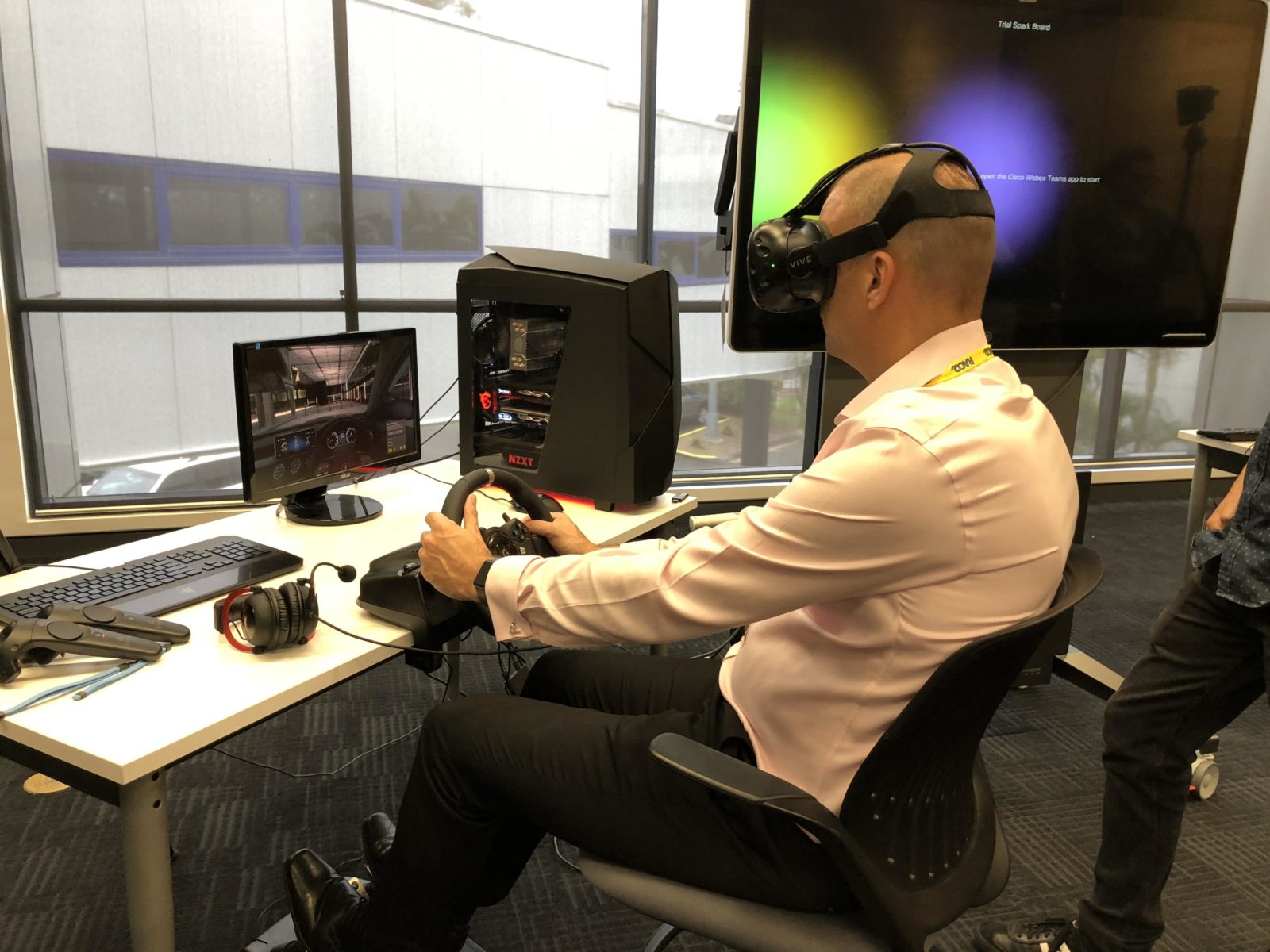
By involving all the staff at the RACQ South Brisbane headquarters, the team was able to get a better understanding of the technology and the role it plays within the industry. Staff were then provided an open platform to discuss their own ideas with the RACQ innovations team, exploring potential opportunities which would bring value to RACQ’s multiple business units.
The experiences showcased ranged from driving simulations such as the Immerse Driving Simulator, a vehicle customisation platform that allowed users to make modifications to cars within a real time 3D space, and a prototype for a flying vehicle that is being pioneered by robotics group N3XGEN.
The driving simulator, an internal project within Immerse Enterprise, was designed as a benchmark to demonstrate how virtual reality can be used for driver training in a highly detailed computer generated environment.
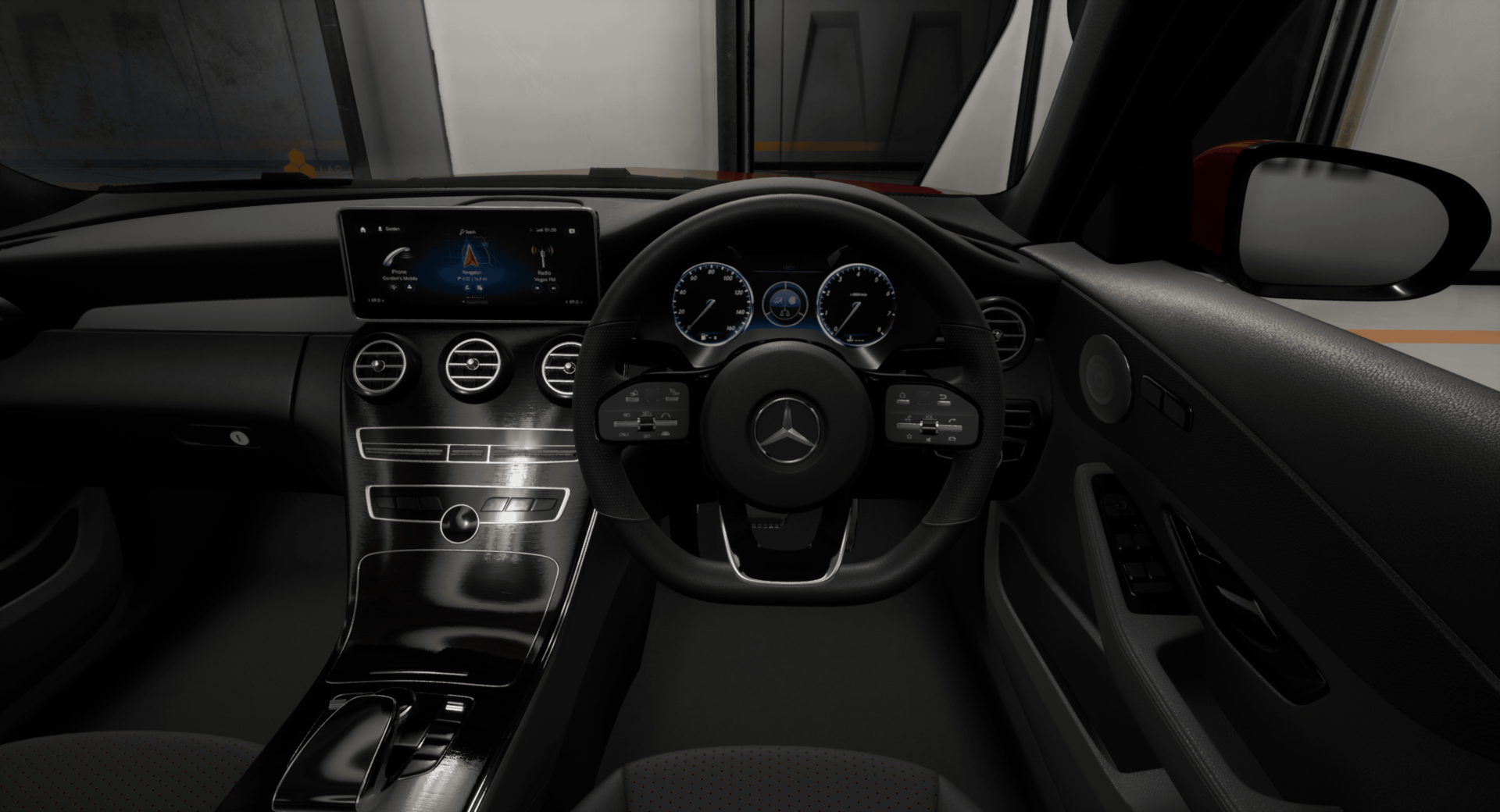
The flying car prototype, dubbed the “Pegasus Flying Car” is a masterpiece of design and engineering. The immersive experience allows viewers to not only explore the car inside and out but also see what it might look like in action. Complete with lifting doors and powered by a series of four propellers mounted to the base, the vehicle represents the forefront of automotive technology and genius invention.
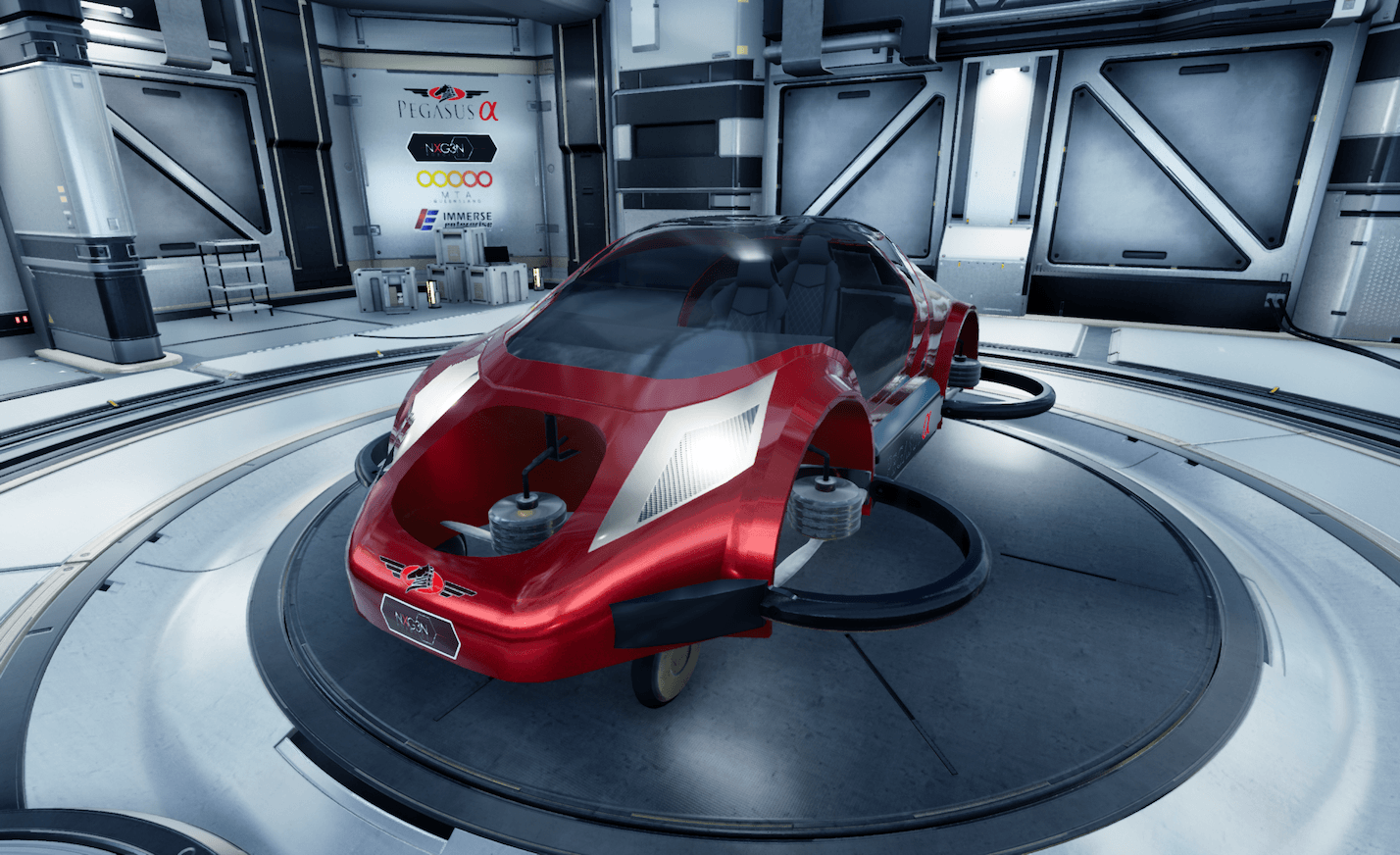
By showcasing the vehicle in virtual reality, the team at N3XGEN are able to not only gain greater exposure of their project but it also provides a clear insight into how it will look, functionality and maneuverability. By having a means to project the vision of the Pegasus flying car from the minds of the creators to those who have a vested interest in the project, the project is able to move forward at a lighting pace. This is a far cry away from having a simple model or concept, you are actually able to stand next to and interact with something that doesn’t quite exist in physical reality.
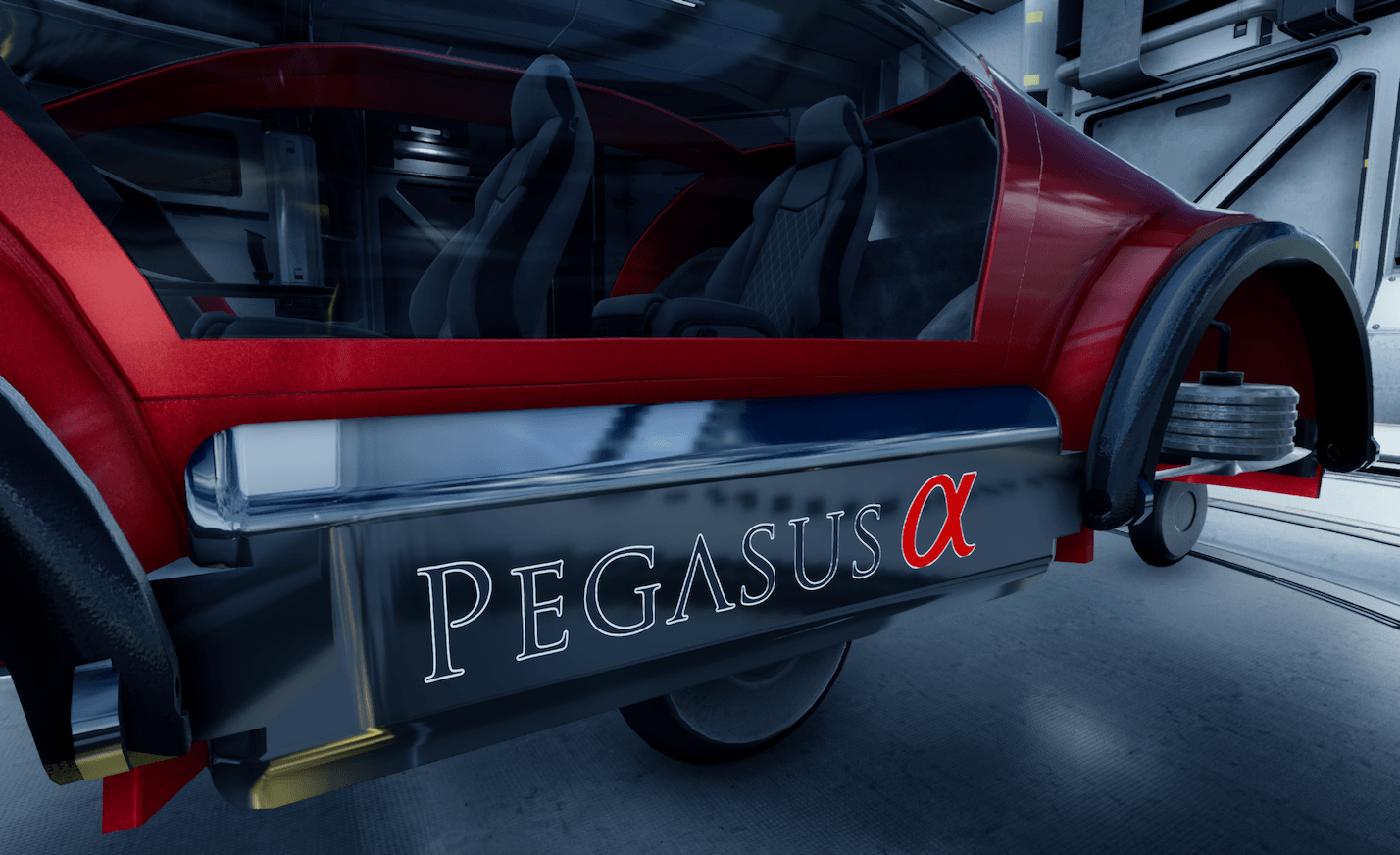
What does this all mean for the automotive industry in today’s terms? The benefits are already being felt not only for business to business clients but also for individual customers who have the opportunity to use the tech and experience these innovations for themselves.
Take for example the Hyundai i30 Showroom of the Future. The experience was created in collaboration with Llewellyn Motors as a means of showcasing how immersion could be the next step in the evolution of the car dealership.
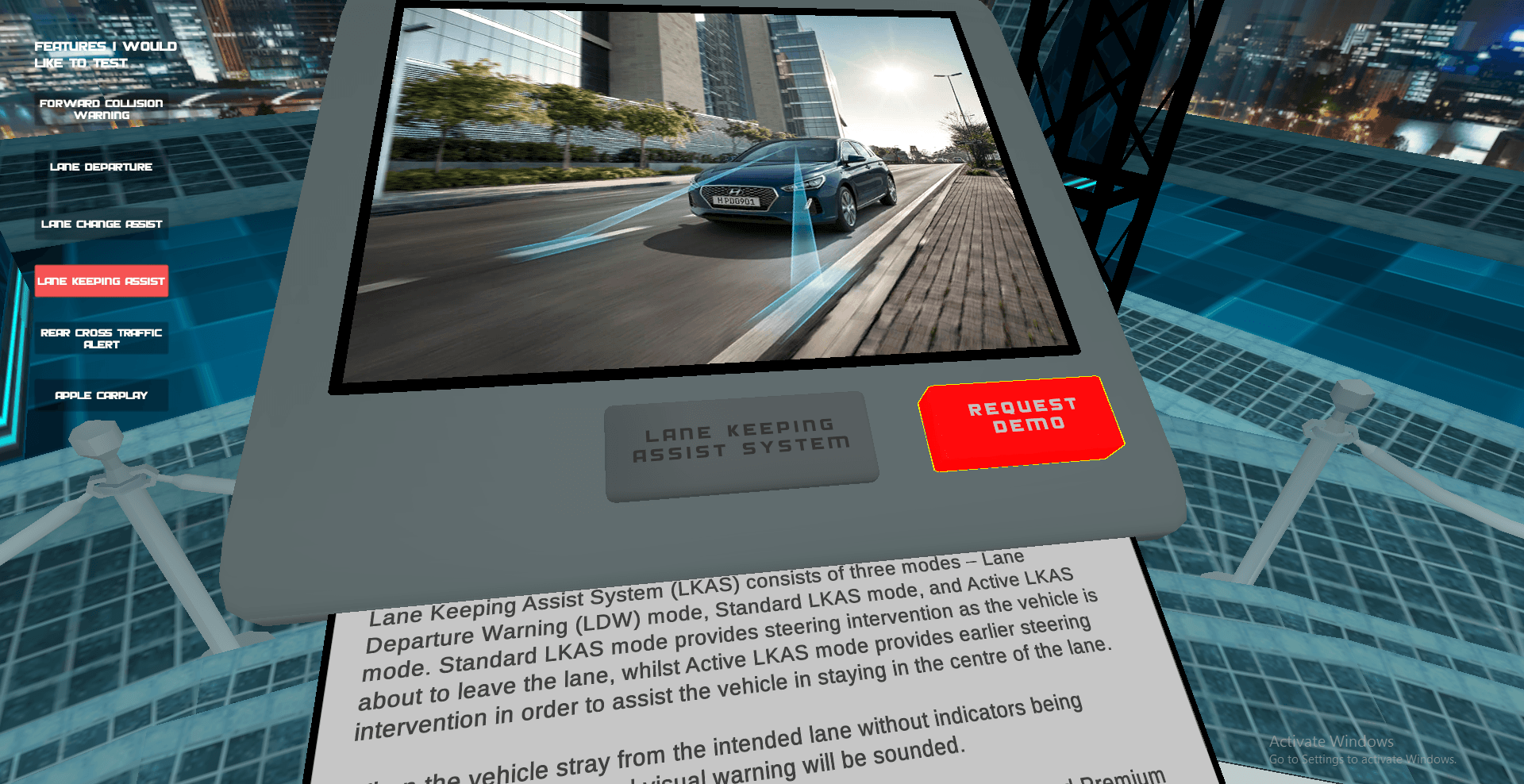
Through the experience, viewers are able to explore a 3D computer generated showroom displaying the new Hyundai i30 and its specs. Users can view the car and learn more about it without ever having to leave their home. The benefits of using virtual reality technology in this way is that customers who might be short on time or physically unable to make their way to their nearest dealership can have a similar experience inside a virtual reality headset. Hyundai was exploring the use of Virtual Reality within shopping mall activations, a perfect location to be positioned for their customers who would be dropping by the local supermarket to pickup food, to be able to have them sit down and experience their virtual showcase for 10 minutes, and collected pre-orders from converted customers.

Of course, there is more to purchasing a car than just taking a look at it inside the showroom. Customers are usually itching for a test drive and often having a dedicated salesperson there with them to provide information on the vehicle can make all the difference. Fortunately, the experience doesn’t stop there. Alongside the project, Immerse Enterprise created a 360 degree video as a way of designing a virtual test drive. During the video, the viewer is seated next to a driver who explains the specifics of the car while taking it for a spin. Viewers are able to look around the vehicle as it takes to the streets, getting a feel for the interior and performance without having to be physically present.

The automotive industry is no stranger to constant fluctuation and change, it has always strived to be an early adopter of the latest technology. Virtual reality is no different. The technology is one which is closely linked to many facets of the auto sector whether it is be for driver safety, vehicle design and customisation, training and education, even sales and marketing. As virtual reality and autotech become closely linked, we will continue to see even more further evolution and applications. The end result is an ever changing space which benefits both the end users and the organisations providing the experiences. We look forward to continuing to playing a part in the evolution of the automotive industry.

